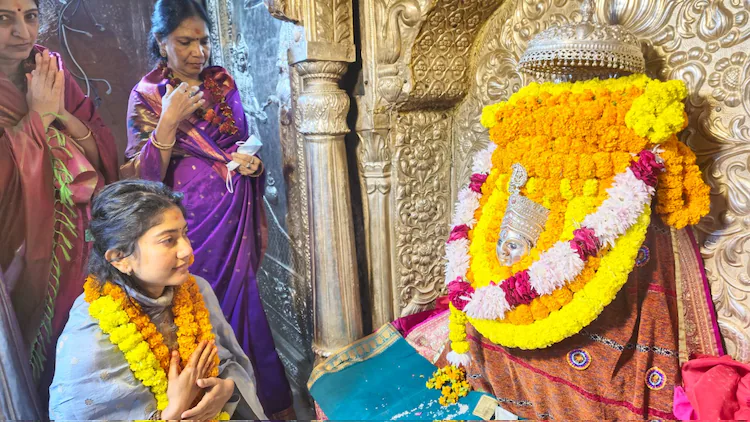Today, a defense spokesperson reported that the army successfully neutralized three improvised explosive devices (IEDs) in Manipur’s Imphal East district. These IEDs were discovered hidden along the road that links Nongdam and Itham villages, which are approximately 46 kilometers apart. The specific area where the IEDs were located is near Maphou dam and Nongdam village.
“During a routine area-domination and surveillance operation, army personnel noticed the three IEDs placed, in tandem, along the road. Army column acted swiftly and cordoned off the area,” the defence spokesperson said in a statement.
“Subsequently, a bomb disposal squad arrived at the location and defused the IEDs safely, preventing potential loss of life and injury to locals,” the spokesperson said.
It’s disheartening to hear that normalcy remains elusive in Manipur even a year after the clashes between the Meiteis and Kuki tribes. The continued vigilance of security forces in sensitive areas is crucial for preventing further violence and fostering reconciliation between the communities. Let’s hope for sustained peace and harmony in the region.
The Toll Of The Burden So Far
As of May 3, 2024, government statistics indicate that the violence has claimed the lives of 221 individuals and forced 60,000 people from their homes. Previous reports also cited more than 1,000 wounded and 32 individuals missing. Additionally, 4,786 residences have been destroyed by fire, and 386 religious sites, including temples and churches, have been desecrated. Unofficial tallies suggest even greater devastation and loss.
The Cause Of Violence
Manipur is home to various communities. Meiteis make up nearly half of the population while the tribals, Kukis and Nagas, make up about 25 per cent and 15 per cent of the population, respectively. The Meiteis mostly live in the Imphal Valley while the other groups live in the hill districts. It is claimed that Meiteis are more educated and better represented in the business and politics of the state.
While Kukis and Nagas have a history of conflict between them, they are united against Meiteis. The tribal groups claim that most of the benefits go to the Meitei-inhabited areas and even 40 of the state assembly’s 60 seats are reserved for Meiteis while they are only half of the population.
The ongoing conflict between Meiteis and tribal groups stems from a recent High Court directive to the state, urging the submission of a proposal to the Centre for including Meiteis in the Scheduled Tribes (STs) category.
Opposition from Kukis and Nagas arises from concerns that granting ST status to Meiteis would exacerbate existing disparities. They argue that Meiteis already enjoy significant representation in employment, government, and possess better economic standing. Their apprehension lies in the belief that ST status for Meiteis would result in further job reservations and benefits favoring them, perpetuating inequality.
Conversely, Meiteis contend that they have been unjustly excluded from the Scheduled Tribes list since India’s independence, advocating for equitable recognition and access to benefits.
ALSO READ: Bomb Threat: Mumbai Police Probe Bomb Scares Targeting Taj Hotel and Airport


















